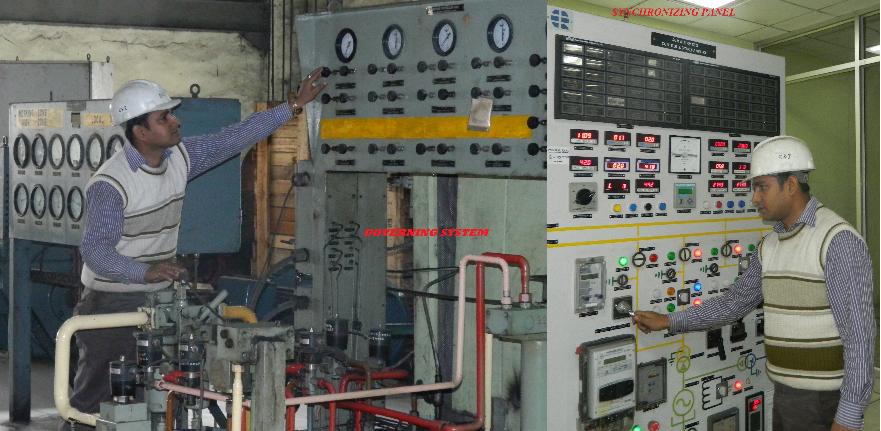A Brief Introduction -
Instrumentation and control is an integral part of a coal-fired power station. A modern, advanced I&C system plays a major role in the profitable operation of a plant by achieving maximum availability, reliability, flexibility, maintainability and efficiency. These systems can also assist in maintaining emissions compliance. The I&C chain begins with sensors that detect measured values. Controllers receive these values, upon which a control strategy is activated. The response, where and when required, moves in final actuating control elements to modify the affect process. This loop repeats over and over during plant operation through a complex and multi-level communications schemes."Smart" field devices, including sensors and actuators, continued to be developed in order to simplify and improve the control system process. The two main control platforms that are used in coal-fired power stations are the distributed control system (DCS) and the programmable logic control (PLC). Personal computer (PC) based hardware and software has only recently been introduced in power plant control. With the fast development, increasing power and reduced cost of personal computers, PC-based control is expected to become a further platform for future development and growth. Today new coal-fired power plants are, in general, built with modern, advanced DCS/PLC and a large number of existing coal-fired power stations have been retrofitted with advanced digital systems in many countries, throughout the world.
New coal-fired power plants are built with modern, advanced systems. A modern, advanced I&C system plays a major role in the profitable and safe operation of a plant by achieving maximum availability, reliability, flexibility, maintainability and efficiency.Recent advances in control technology, on-line testing, and performance monitoring can help a power plant improve efficiency, maintain a high availability factor, and generally improve plant operations. A large number of existing facilities have also been retrofitted with advanced digital systems in many countries, throughout the world. Upgraded instrumentation and control systems, used in conjunction with new sophisticated software programs, allow plant operators to identify factors affecting equipment performance more quickly and accurately. Upgrading the instrumentation and control systems of an older power plant can have the following benefits:
|
|
|
Improved operating flexibility, i.e., the ability to meet a wider range of operating conditions more effectively |
|
|
|
Reduced maintenance costs through better monitoring of plant equipment condition and an enhanced ability to detect equipment malfunctions |
|
|
|
Reduced emissions of greenhouse gases and air pollutants through better control of the combustion process and of environmental control equipment |
|
|
|
Extended equipment life through the reduction of excessive equipment operating stress |
Regards,
PPIC TEAM
